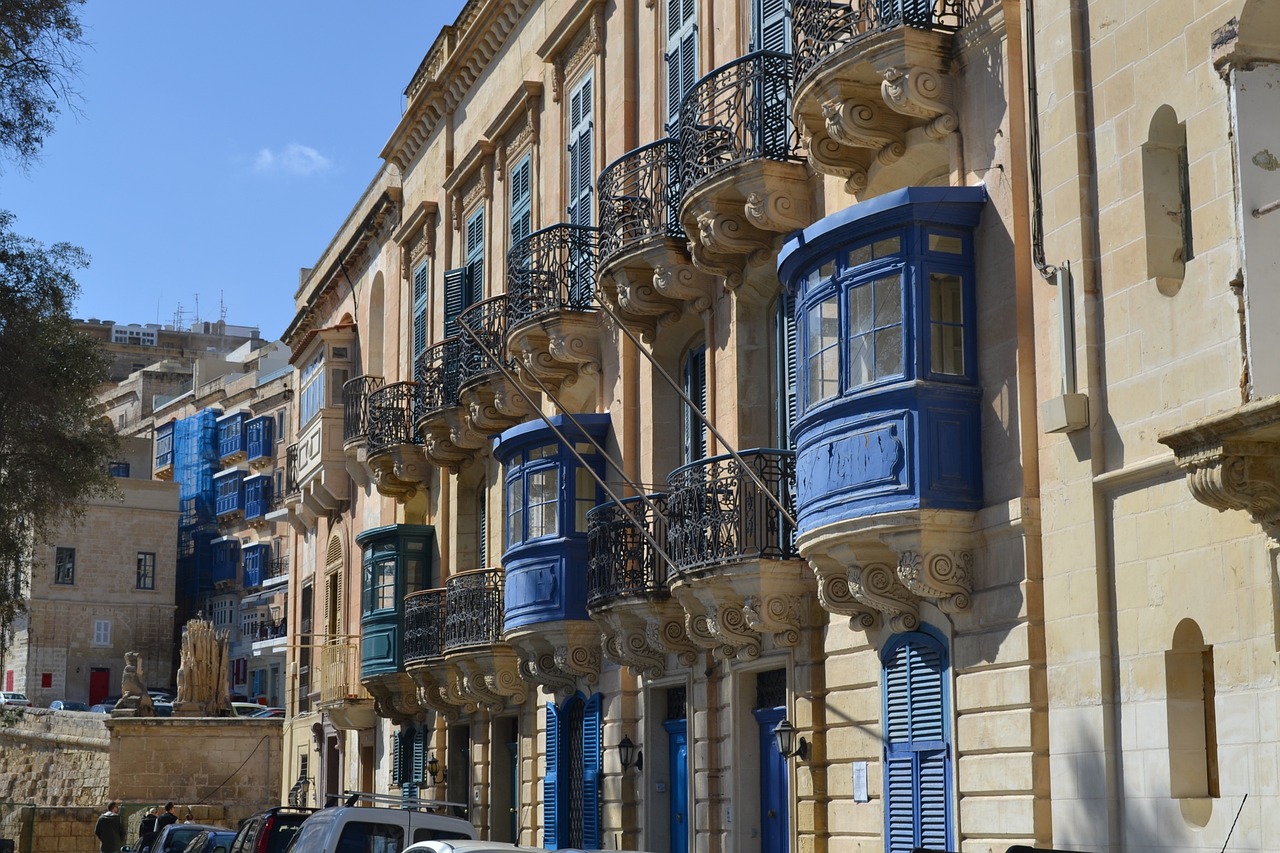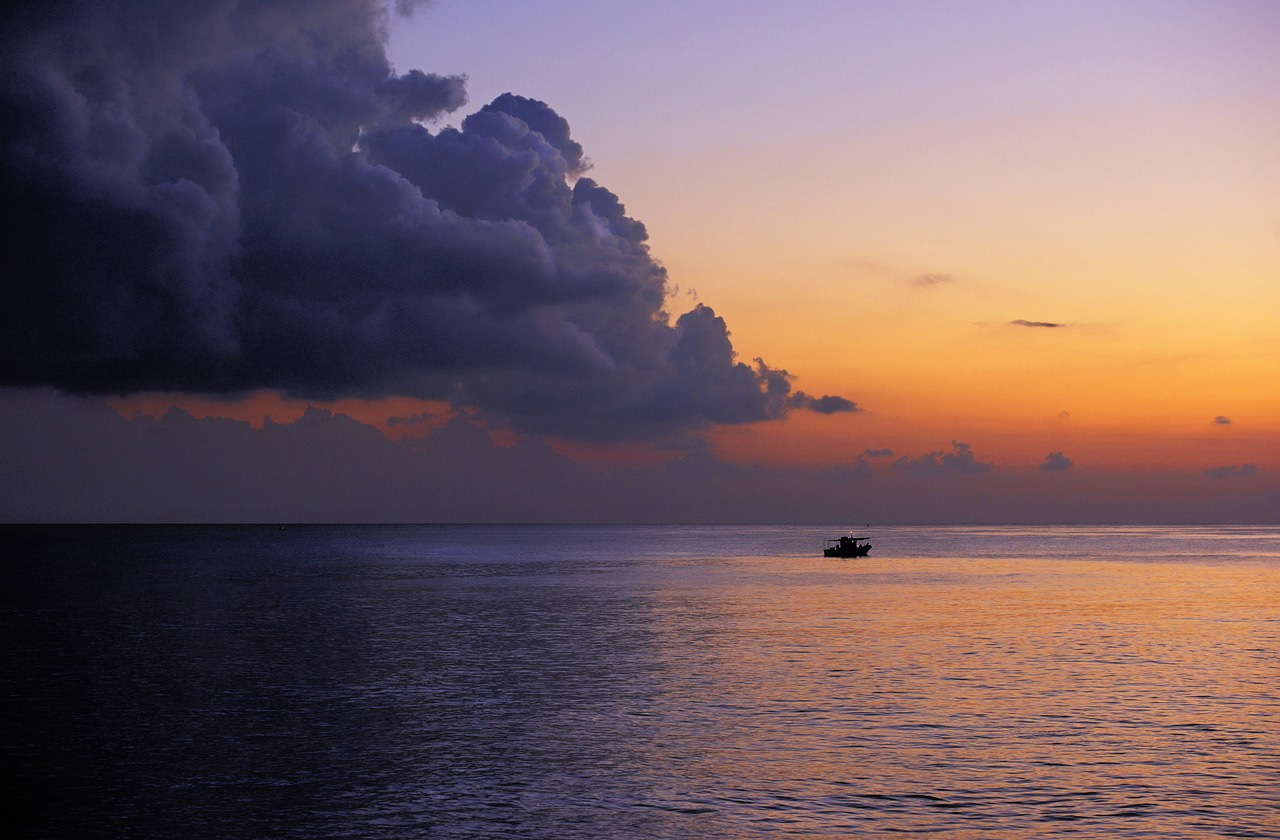Malta Video:
Weathering Malta: Seasonal Changes and What to Expect
Malta, a small archipelago in the Mediterranean Sea, experiences a Mediterranean climate characterized by hot summers and mild winters. The island’s weather is greatly influenced by its geographical location and the surrounding sea. In this article, we will explore the seasonal changes in Malta’s weather and what to expect during each season.
Spring
Spring in Malta, which spans from March to May, is a beautiful time to visit the island. The weather begins to warm up, and the landscape comes alive with vibrant colors and blooming flowers. The average temperature during this season ranges from 15°C to 20°C (59°F to 68°F), making it ideal for outdoor activities.
- Warmer Days: Spring brings longer and sunnier days, with an average of 8 to 9 hours of sunshine per day. It’s a great time to explore Malta’s stunning coastline and enjoy outdoor activities like hiking, swimming, and diving.
- Occasional Rainfall: While spring is generally a dry season in Malta, occasional rainfall can be expected. These showers are usually short-lived and do not hinder outdoor plans significantly.
- Festivals and Celebrations: Spring in Malta is also a time for various cultural festivals and religious celebrations. The most notable event is Easter, which is celebrated with processions, feasts, and religious ceremonies.
Summer
Summer in Malta, from June to August, is the peak tourist season due to its warm and sunny weather. The island experiences hot temperatures and minimal rainfall during this time, making it perfect for beach lovers and sunseekers.
- Hot and Dry Days: Summer temperatures in Malta can soar up to 35°C (95°F) or higher, especially in July and August. The island receives an average of 11 hours of sunshine per day, providing ample opportunity for sunbathing and enjoying water sports.
- Sea Breezes: The coastal areas of Malta benefit from refreshing sea breezes, providing some relief from the intense heat. Beaches and beach clubs are popular spots for locals and tourists alike to cool off and enjoy the crystal-clear waters.
- Festivals and Nightlife: Summer in Malta is also known for its lively nightlife and vibrant festivals. The Isle of MTV music festival and the Malta International Arts Festival are just a few of the events that attract visitors from around the world.
Autumn
Autumn in Malta, spanning from September to November, brings milder temperatures and occasional rainfall. It is a pleasant time to visit the island, as the summer crowds have dispersed, and the weather remains enjoyable.
- Mild Temperatures: Autumn temperatures range from 20°C to 25°C (68°F to 77°F), providing comfortable weather for outdoor activities. It’s a great time to explore Malta’s historical sites, such as the ancient city of Mdina or the megalithic temples of Ħaġar Qim.
- Transitioning Nature: During autumn, Malta’s landscapes transform with golden hues as the leaves change color and fall. It’s a picturesque time to visit the countryside and enjoy hiking or cycling amidst the scenic beauty.
- Cultural Events: Autumn in Malta is also a season for cultural events and traditional feasts. The Birgu Candlelight Festival and Notte Bianca are popular events that showcase the island’s rich history, arts, and music.
Winter
Winter in Malta, from December to February, is the island’s coolest and wettest season. While temperatures are relatively mild compared to other European destinations, it is still a time when the island experiences the most rainfall.
- Mild Winter: Winter temperatures in Malta range from 10°C to 15°C (50°F to 59°F), with occasional colder days. Despite the cooler temperatures, Malta still offers a pleasant escape from harsh winter climates found elsewhere.
- Rainfall: Winter brings increased rainfall to the island, with December being the wettest month. However, the rain is usually in the form of short showers rather than prolonged downpours, allowing for indoor activities and exploration of Malta’s museums and historical sites.
- Christmas Celebrations: Malta embraces the festive spirit during winter, with Christmas markets, Nativity displays, and traditional carol singing. The island’s historic capital, Valletta, is beautifully decorated, creating a magical atmosphere.
Malta Image 1:

Spring
Spring in Malta, which spans from March to May, is a beautiful time to visit the island. The weather begins to warm up, and the landscape comes alive with vibrant colors and blooming flowers. The average temperature during this season ranges from 15°C to 20°C (59°F to 68°F), making it ideal for outdoor activities.
- Warmer Days: Spring brings longer and sunnier days, with an average of 8 to 9 hours of sunshine per day. It’s a great time to explore Malta’s stunning coastline and enjoy outdoor activities like hiking, swimming, and diving.
- Occasional Rainfall: While spring is generally a dry season in Malta, occasional rainfall can be expected. These showers are usually short-lived and do not hinder outdoor plans significantly.
- Festivals and Celebrations: Spring in Malta is also a time for various cultural festivals and religious celebrations. The most notable event is Easter, which is celebrated with processions, feasts, and religious ceremonies.
Summer
Summer in Malta, from June to August, is the peak tourist season due to its warm and sunny weather. The island experiences hot temperatures and minimal rainfall during this time, making it perfect for beach lovers and sunseekers.
- Hot and Dry Days: Summer temperatures in Malta can soar up to 35°C (95°F) or higher, especially in July and August. The island receives an average of 11 hours of sunshine per day, providing ample opportunity for sunbathing and enjoying water sports.
- Sea Breezes: The coastal areas of Malta benefit from refreshing sea breezes, providing some relief from the intense heat. Beaches and beach clubs are popular spots for locals and tourists alike to cool off and enjoy the crystal-clear waters.
- Festivals and Nightlife: Summer in Malta is also known for its lively nightlife and vibrant festivals. The Isle of MTV music festival and the Malta International Arts Festival are just a few of the events that attract visitors from around the world.
Autumn
Autumn in Malta, spanning from September to November, brings milder temperatures and occasional rainfall. It is a pleasant time to visit the island, as the summer crowds have dispersed, and the weather remains enjoyable.
- Mild Temperatures: Autumn temperatures range from 20°C to 25°C (68°F to 77°F), providing comfortable weather for outdoor activities. It’s a great time to explore Malta’s historical sites, such as the ancient city of Mdina or the megalithic temples of Ħaġar Qim.
- Transitioning Nature: During autumn, Malta’s landscapes transform with golden hues as the leaves change color and fall. It’s a picturesque time to visit the countryside and enjoy hiking or cycling amidst the scenic beauty.
- Cultural Events: Autumn in Malta is also a season for cultural events and traditional feasts. The Birgu Candlelight Festival and Notte Bianca are popular events that showcase the island’s rich history, arts, and music.
Winter
Winter in Malta, from December to February, is the island’s coolest and wettest season. While temperatures are relatively mild compared to other European destinations, it is still a time when the island experiences the most rainfall.
- Mild Winter: Winter temperatures in Malta range from 10°C to 15°C (50°F to 59°F), with occasional colder days. Despite the cooler temperatures, Malta still offers a pleasant escape from harsh winter climates found elsewhere.
- Rainfall: Winter brings increased rainfall to the island, with December being the wettest month. However, the rain is usually in the form of short showers rather than prolonged downpours, allowing for indoor activities and exploration of Malta’s museums and historical sites.
- Christmas Celebrations: Malta embraces the festive spirit during winter, with Christmas markets, Nativity displays, and traditional carol singing. The island’s historic capital, Valletta, is beautifully decorated, creating a magical atmosphere.
Malta Image 2:

Spring
Spring in Malta, which spans from March to May, is a beautiful time to visit the island. The weather begins to warm up, and the landscape comes alive with vibrant colors and blooming flowers. The average temperature during this season ranges from 15°C to 20°C (59°F to 68°F), making it ideal for outdoor activities.
- Warmer Days: Spring brings longer and sunnier days, with an average of 8 to 9 hours of sunshine per day. It’s a great time to explore Malta’s stunning coastline and enjoy outdoor activities like hiking, swimming, and diving.
- Occasional Rainfall: While spring is generally a dry season in Malta, occasional rainfall can be expected. These showers are usually short-lived and do not hinder outdoor plans significantly.
- Festivals and Celebrations: Spring in Malta is also a time for various cultural festivals and religious celebrations. The most notable event is Easter, which is celebrated with processions, feasts, and religious ceremonies.
Summer
Summer in Malta, from June to August, is the peak tourist season due to its warm and sunny weather. The island experiences hot temperatures and minimal rainfall during this time, making it perfect for beach lovers and sunseekers.
- Hot and Dry Days: Summer temperatures in Malta can soar up to 35°C (95°F) or higher, especially in July and August. The island receives an average of 11 hours of sunshine per day, providing ample opportunity for sunbathing and enjoying water sports.
- Sea Breezes: The coastal areas of Malta benefit from refreshing sea breezes, providing some relief from the intense heat. Beaches and beach clubs are popular spots for locals and tourists alike to cool off and enjoy the crystal-clear waters.
- Festivals and Nightlife: Summer in Malta is also known for its lively nightlife and vibrant festivals. The Isle of MTV music festival and the Malta International Arts Festival are just a few of the events that attract visitors from around the world.
Autumn
Autumn in Malta, spanning from September to November, brings milder temperatures and occasional rainfall. It is a pleasant time to visit the island, as the summer crowds have dispersed, and the weather remains enjoyable.
- Mild Temperatures: Autumn temperatures range from 20°C to 25°C (68°F to 77°F), providing comfortable weather for outdoor activities. It’s a great time to explore Malta’s historical sites, such as the ancient city of Mdina or the megalithic temples of Ħaġar Qim.
- Transitioning Nature: During autumn, Malta’s landscapes transform with golden hues as the leaves change color and fall. It’s a picturesque time to visit the countryside and enjoy hiking or cycling amidst the scenic beauty.
- Cultural Events: Autumn in Malta is also a season for cultural events and traditional feasts. The Birgu Candlelight Festival and Notte Bianca are popular events that showcase the island’s rich history, arts, and music.
Malta Image 3:

Winter
Winter in Malta, from December to February, is the island’s coolest and wettest season. While temperatures are relatively mild compared to other European destinations, it is still a time when the island experiences the most rainfall.
- Mild Winter: Winter temperatures in Malta range from 10°C to 15°C (50°F to 59°F), with occasional colder days. Despite the cooler temperatures, Malta still offers a pleasant escape from harsh winter climates found elsewhere.
- Rainfall: Winter brings increased rainfall to the island, with December being the wettest month. However, the rain is usually in the form of short showers rather than prolonged downpours, allowing for indoor activities and exploration of Malta’s museums and historical sites.
- Christmas Celebrations: Malta embraces the festive spirit during winter, with Christmas markets, Nativity displays, and traditional carol singing. The island’s historic capital, Valletta, is beautifully decorated, creating a magical atmosphere.
Conclusion
Malta offers a diverse range of weather throughout the year, with each season showcasing its unique charm. Whether you prefer the vibrant colors of spring, the sun-drenched beaches of summer, the mild temperatures of autumn, or the festive atmosphere of winter, Malta has something for everyone. Remember to pack accordingly and plan your activities based on the seasonal weather conditions to make the most of your visit to this beautiful Mediterranean island.
References
- visitmalta.com
- maltauncovered.com
- lonelyplanet.com
- weather.com


